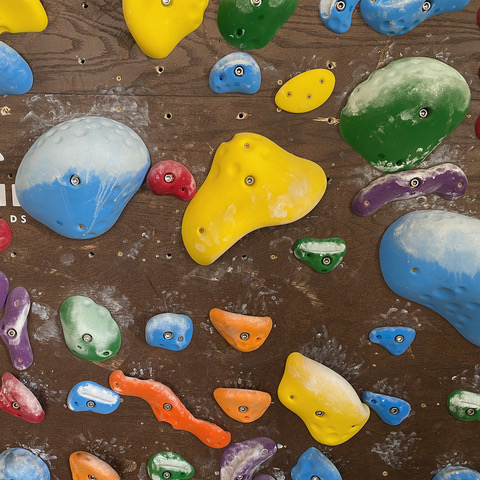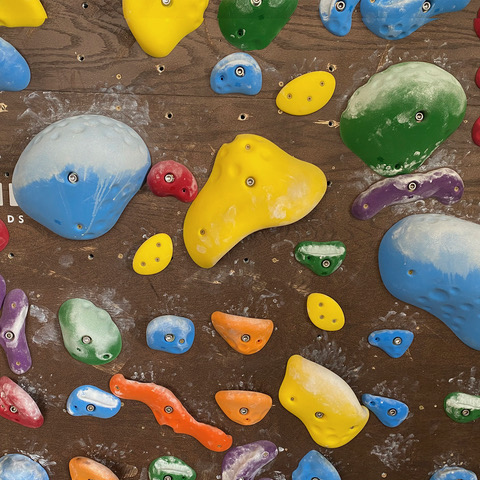How to Fill in the Gaps on Your Home Climbing Wall
Most home wall builders do not put enough T-nuts on the panels. One hundred twenty T-nuts per panel does sound a little crazy when you are new to building climbing walls. But is 120 enough? Now that all the holds are on the wall, you find that you have "gaps" of space with no T-nut exactly where you need it. For the location of the T-nuts, it comes down to how many you installed at the beginning.
For extra-large holds that are amazing to climb on but eat up a lot of valuable space, they often cover the area near a neighboring T-nut. The reason you want as many holds on your wall as possible is for variety. If you intend to commit to training, you will quickly realize that once you have set a great problem to train on, you want to link it to another and another. So, the more problems you have, the more linkages between them you can have. Linking boulder problems gets you more into the power endurance type of training that climbing rope routes require. It's also an excellent method of training for overall fitness.
Below is a photo showing two gaps near the XXL Golfus Slopers in Blue.

The easiest solution is to fill in the gaps with Screw-On holds. Screw-On holds attach with multiple wood screws and does not require a T-nut to connect them. In the photo below, you will see two yellow Screw-On holds added.
The addition of the yellow Steep Wall Crimps to this wall added another boulder problem.

The bottom line is that if you are training to get better and stronger, the more holds there are the better. Climbing walls that have themed sloper, crimper, jug, pinch, endurance, and power routes keep your interest going. Home climbing walls are limited in space. Make the most of that space.


